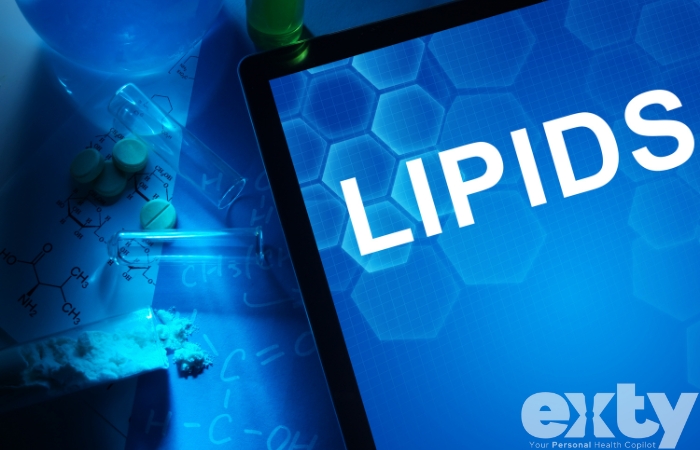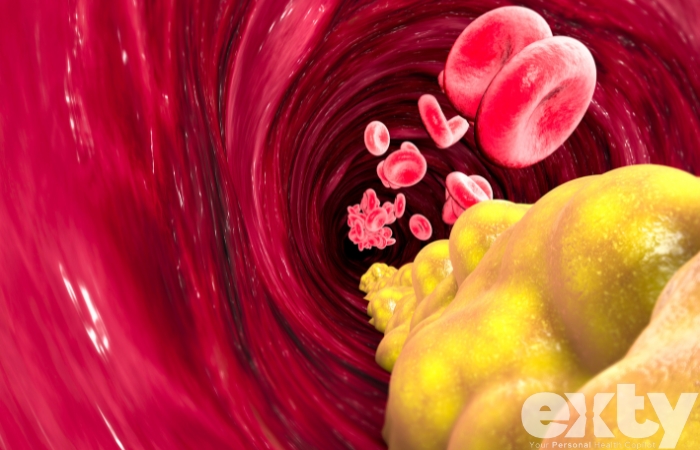In our quest to maintain and enhance our health, understanding the fats in our blood, particularly cholesterol, is like decoding the language of our bodies. While we often hear about the potential health risks of high cholesterol, the detailed lipid profiles can offer us a nuanced view of our body’s health status. This guide aims to dissect the complex information contained within our cholesterol data, elucidating the varying types of cholesterol, key indicators, and genetic factors that influence our lipid profiles, as well as spotlighting the latest advancements in lipid testing.
===
Introduction to Lipids
Lipids are a diverse group of compounds that are largely insoluble in water but soluble in organic solvents. They play several crucial roles in the body, functioning as structural components of cell membranes, energy storage sources, and intermediates in signaling pathways. Among lipids, cholesterol is one of the most critical elements, as it contributes to membrane fluidity, hormone production, and the synthesis of vitamin D. Nevertheless, when circulating in excessive amounts, cholesterol can contribute to the formation of plaques in arteries, leading to atherosclerosis and an increased risk of cardiovascular disease.
Cholesterol Types Explained
Cholesterol travels through the bloodstream attached to proteins known as lipoproteins, which are classified based on their density into high-density lipoproteins (HDL), low-density lipoproteins (LDL), and very-low-density lipoproteins (VLDL). These classifications give us a clearer picture of cholesterol’s impact on our health. HDL is often labeled as “good cholesterol” due to its role in transporting cholesterol from tissues back to the liver for excretion or reuse, thus potentially preventing plaque buildup. Conversely, LDL is termed “bad cholesterol,” as high levels are associated with an increased risk of cardiovascular diseases, attributed mainly to its role in plaque formation.

Key Lipid Panel Indicators
A typical lipid panel offers a snapshot of an individual’s lipid levels, typically including total cholesterol, HDL cholesterol, LDL cholesterol, and triglycerides. The total cholesterol level represents the sum of cholesterol content in all lipoprotein particles, and while useful, it does not provide specific information about the distribution of cholesterol across different lipoproteins. HDL and LDL levels are measured directly or estimated through calculations, allowing healthcare providers to evaluate the balance between protective and potentially harmful cholesterol.
Assessing HDL and LDL Levels
Normal ranges for LDL and HDL levels are based on cardiovascular risk factors and the presence of other medical conditions. Typically, an LDL level less than 100 mg/dL is considered optimal, whereas HDL levels greater than 40 mg/dL in men and 50 mg/dL in women are deemed protective against heart disease. Close monitoring of these levels is critical in managing heart health, with particular attention given to lowering LDL through lifestyle modifications or pharmaceutical interventions and increasing HDL through dietary choices and physical activity.
Triglycerides: A Closer Look
Triglycerides are the most common type of fat in the body and another vital component measured in a lipid panel. They serve as an energy reservoir, with excess calories, alcohol, or sugar in the body converted into triglycerides and stored in fat cells. Elevated triglyceride levels, often linked to obesity, poor diet, excessive alcohol consumption, or metabolic disorders, can contribute to the development of heart disease. A normal fasting triglyceride level is typically less than 150 mg/dL, while levels above 200 mg/dL may require medical attention.

Interpreting Cholesterol Ratios
Cholesterol ratios, another tool in the lipid profile arsenal, offer additional insights into cardiovascular risk. The total-cholesterol-to-HDL ratio is calculated by dividing the total cholesterol number by the HDL cholesterol number, with a lower ratio indicative of a lesser chance of developing heart disease. Similarly, the LDL-to-HDL ratio compares the amounts of harmful and beneficial cholesterol. These ratios provide a more nuanced look beyond the absolute values of cholesterol levels, helping to better understand the balance of different types of cholesterol in the body.
Genetic Factors in Lipid Profiles
Individual lipid profiles are not solely the result of lifestyle choices; genetics play a substantial role in determining cholesterol levels and distribution. Familial hypercholesterolemia, for example, is an inherited disorder that leads to elevated LDL levels and an increased risk of heart disease at an early age. Genetic testing and familial studies can help identify individuals with genetic predispositions, allowing for early intervention strategies tailored to their specific risk profiles.
Advancements in Lipid Testing
Lipid testing has evolved significantly over the years, shifting from basic cholesterol measurements to comprehensive panels that include particle size and density. Emerging techniques, like nuclear magnetic resonance (NMR) spectroscopy, provide a deeper understanding of lipoprotein particle number and subclasses, which may influence cardiovascular risk independently of traditional cholesterol measurements. The integration of these advanced metrics offers a promising horizon for personalized cardiovascular healthcare and more precise risk assessment.
In unraveling lipid profiles through this guide, we’ve navigated the complex terrain of cholesterol data—from basic lipid structures and their role in good health to the intricate fine-tuning of lipid levels and genetic influences. As the science behind lipidology continues to evolve, so too does our capacity to refine cardiovascular risk assessments and to hone in on more personalized therapeutic strategies. With continual advancements in lipid testing technology and a deeper understanding of genetic factors, we stand on the cusp of a new era in predictive and preventive cardiovascular medicine.

